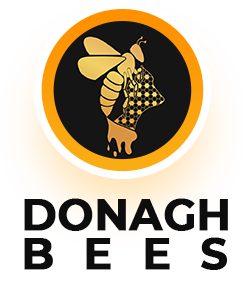Bees are fascinating insects that play an important role in the ecosystem and are crucial for pollination and the production of honey. Here are some interesting facts about bees:
-
Bees have a complex social structure: Bees live in highly organized colonies, with each individual bee performing a specific role within the colony, such as foraging for food, caring for the young, or guarding the hive.
- Bees can recognize human faces: Studies have shown that bees can learn to associate a human face with a food reward, and they can later recognize that person's face among others.
- Bees can fly in rain: Bees have waterproof hairs on their bodies that protect them from getting wet, and their wings are able to generate enough lift to fly even in wet conditions.
-
The female worker bees are responsible for collecting nectar and pollen, while the male drones fertilize the queen bee.
-
Bees have a unique ability to communicate with each other using dance-like movements. This is known as the "waggle dance" and is used to direct other bees to food sources.
-
Bees have a specialized tongue, called a proboscis, which they use to extract nectar from flowers.
-
Bees have two pairs of wings, and their wings beat in a synchronized pattern, allowing them to fly.
-
Bees are responsible for the pollination of about one-third of the world's food crops, making them essential for food production.
-
Honeybees can fly up to 15 miles per hour and can visit up to 100 flowers in one foraging trip.
-
Bees produce honey as a food source for their colony. It is made from nectar and other secretions, and is stored in the honeycomb.
-
Bees are capable of recognizing and remembering specific flowers and their location, and can return to them repeatedly.
-
The decline in bee populations in recent years, known as "colony collapse disorder," is a concern for the future of food production and the environment. Conservation efforts and habitat preservation are important to help protect bees and other pollinators.

